19 June 2025
History often feels like a distant echo—names, dates, and dusty facts stored in textbooks. But guess what? It doesn’t have to be that way. When we take a modern, hands-on approach like Project-Based Learning (PBL), history suddenly springs to life. It becomes personal, relevant, and—dare I say it—fun. In today’s fast-paced, ever-changing world, integrating real-world issues into the study of history keeps students engaged while helping them develop skills that actually matter.
In this article, we’re going to dive into how to use PBL to fuse historical context with modern-day issues. We’ll talk about why it works, how you can pull it off in your classroom, and throw in some real-life examples to get your creative wheels turning.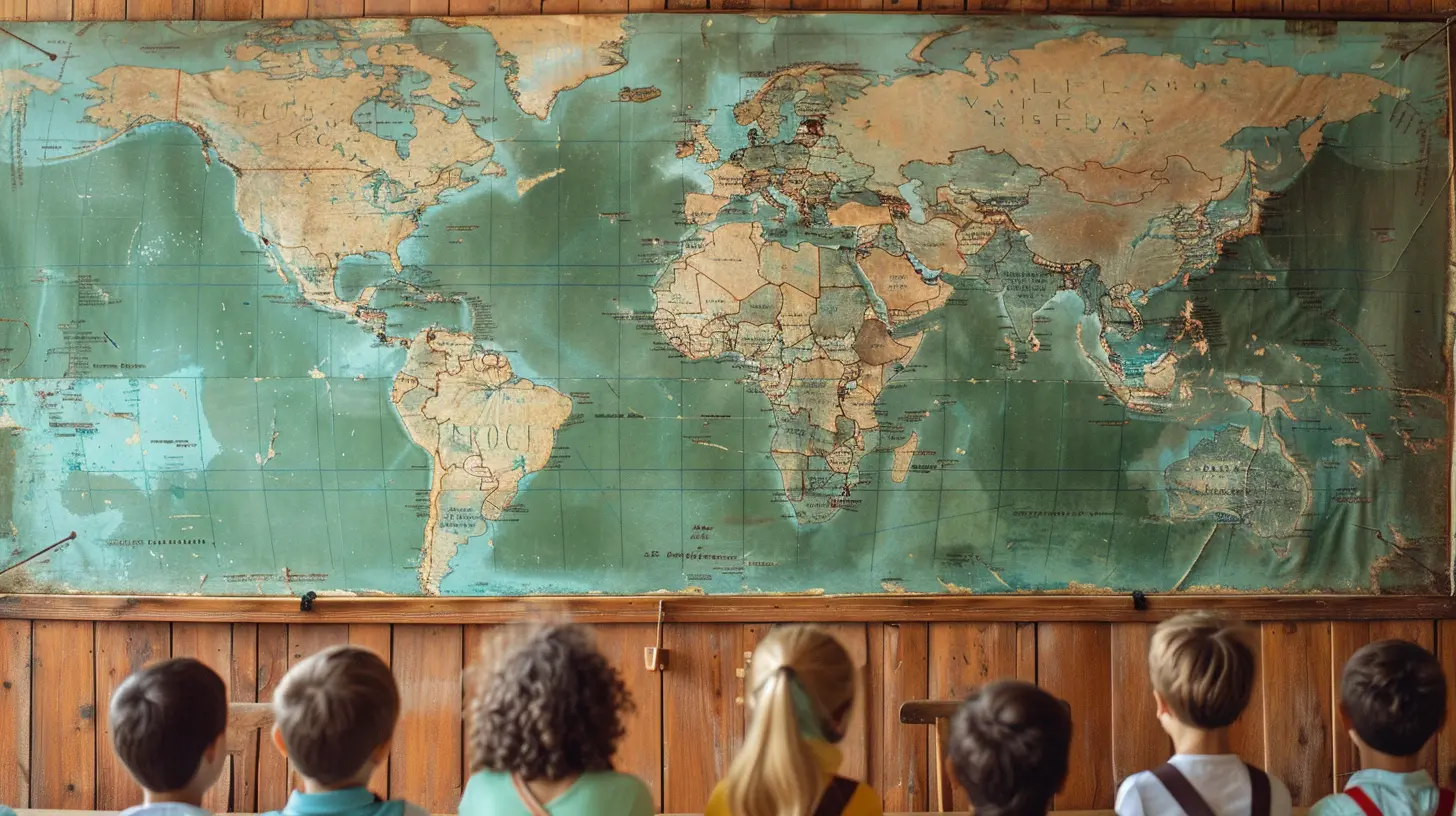
What is PBL, Anyway?
Before we go any further, let’s break it down. Project-Based Learning (PBL) is an instructional method where students learn by actively engaging in real-world and personally meaningful projects. Instead of memorizing facts, they investigate, problem-solve, collaborate, and create something awesome along the way.Think of it as the difference between watching a cooking show and actually cooking a meal yourself. One is passive; the other is immersive.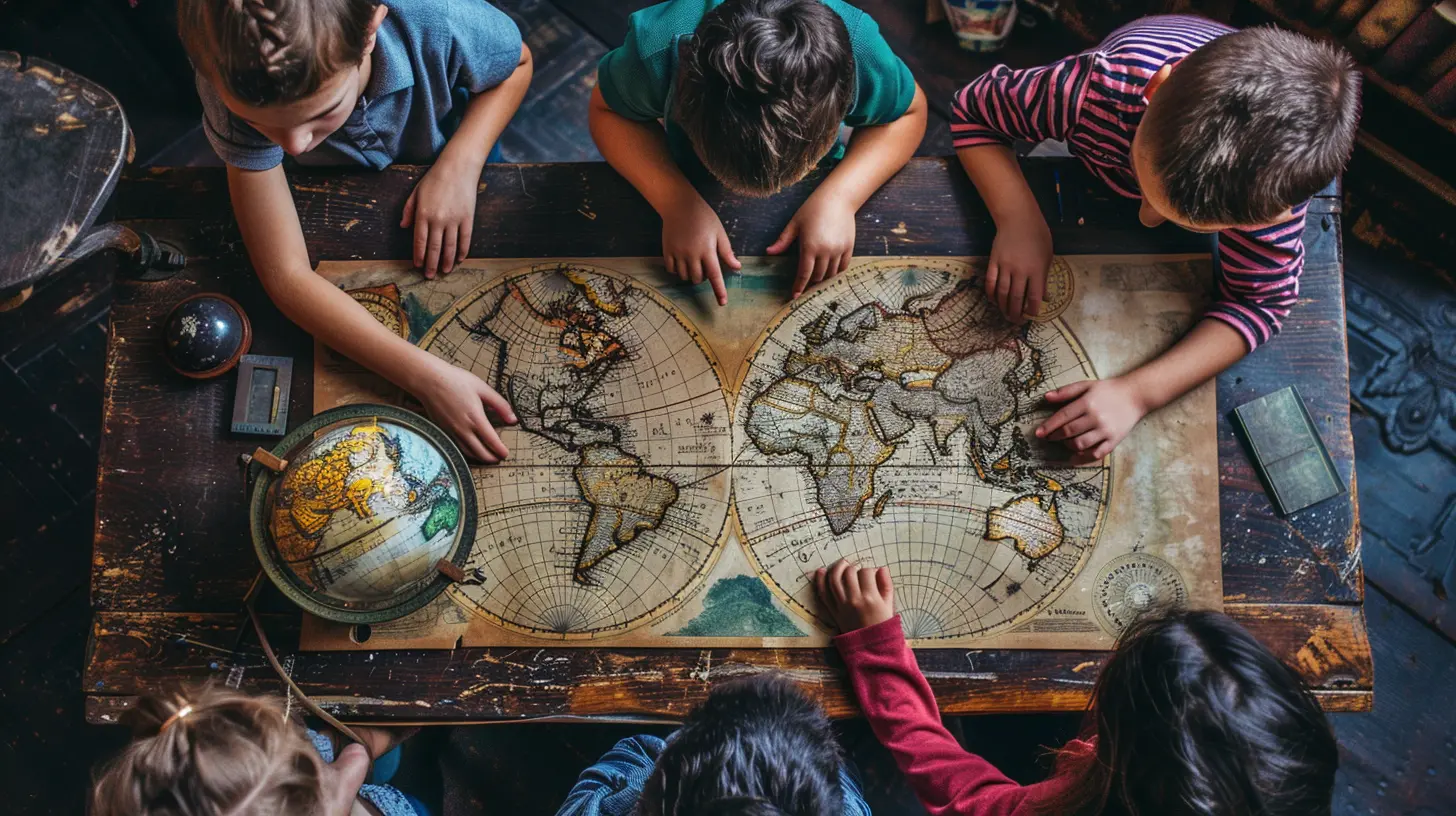
Why Combine History with Modern Issues?
You might be wondering, “Why mash up history with current events?” Great question.Here’s the deal: history isn’t just about what happened—it's about why it happened and how it affects us today. When students analyze the past through the lens of current issues, they begin to understand cause and effect, recognize patterns, and, most importantly, develop critical thinking skills.
Plus, they start to care. Understanding the past can be a catalyst for social awareness and action. It connects students emotionally and intellectually to their world.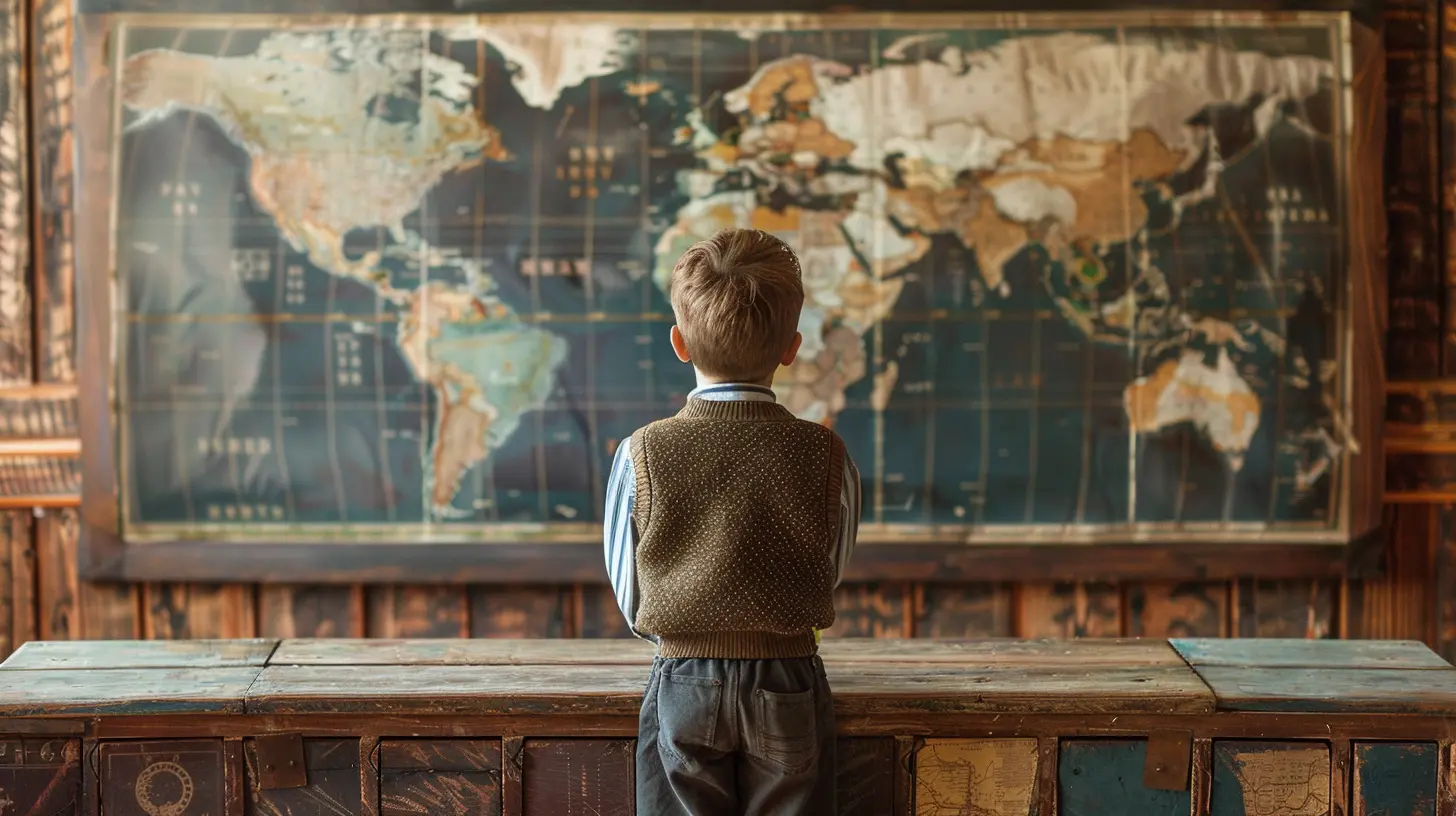
Benefits of Using PBL in History Education
Let’s get down to the good stuff—why you should start using PBL to integrate history with modern-day issues:- Real-World Relevance: Students see how history influences the world they live in.
- Critical Thinking Skills: It challenges them to connect the dots between past and present.
- Student Engagement: It’s hands-on, which keeps them curious and motivated.
- Collaboration: Most projects involve teamwork, helping students build communication and group skills.
- Creativity and Ownership: Students often have a say in what they create, giving them a sense of pride and purpose.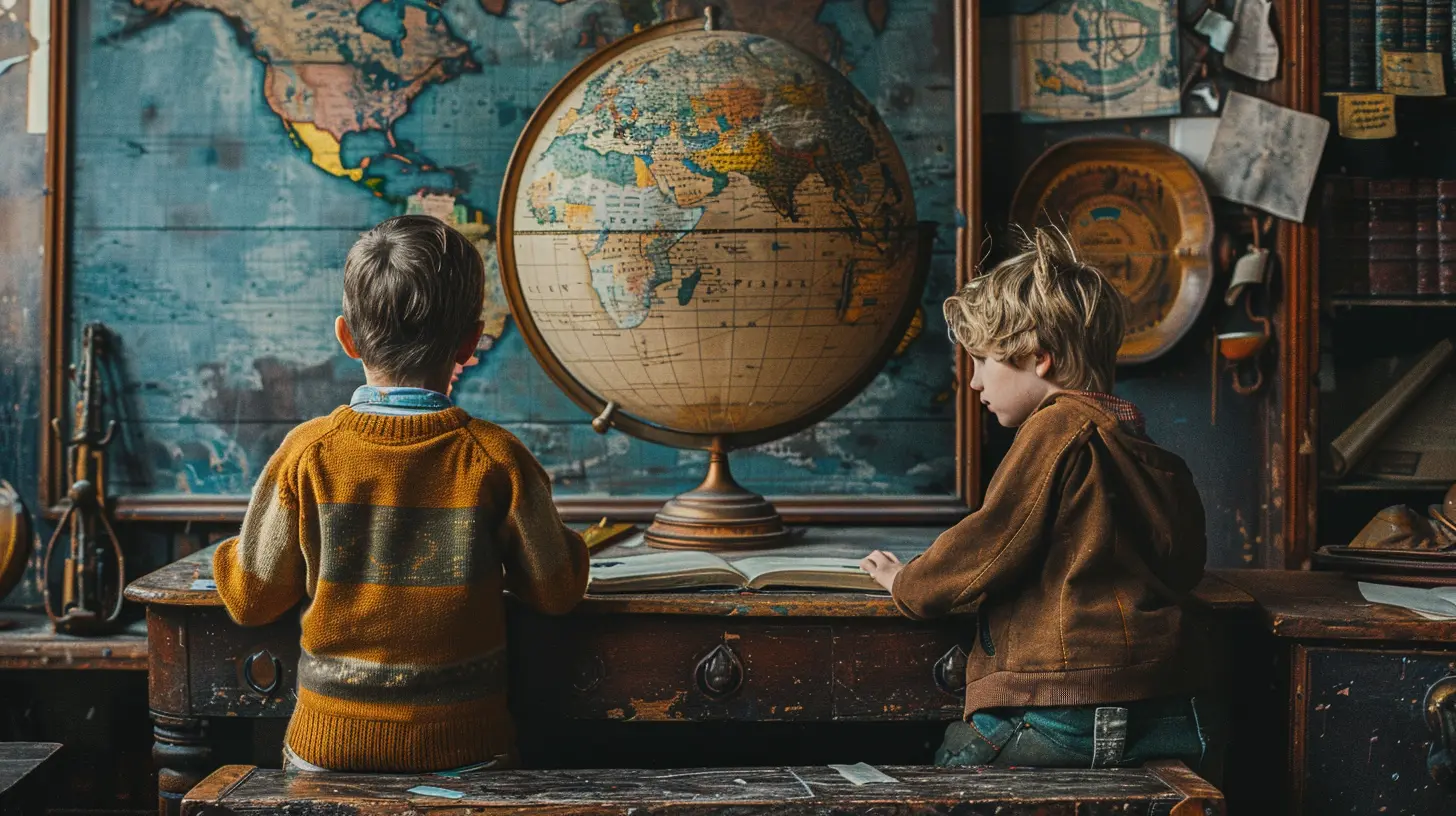
How to Use PBL to Connect History and Modern Issues
Alright, enough theory. Let’s get into how you can actually make this happen in your own classroom. Here's a practical step-by-step approach:1. Start with a Driving Question
This is the backbone of your project. It’s the question that gets students thinking, inspires investigation, and keeps them on track.Good driving questions are open-ended, thought-provoking, and connect the past with the present.
Examples:
- How can the Civil Rights Movement inform current discussions about racial justice?
- What can ancient governments teach us about democracy today?
- How does the history of pandemics shape public policy in the 21st century?
Notice the pattern? Each one connects a historical event or theme with something students are seeing in the news or in their communities.
2. Choose a Relevant Historical Event or Theme
Pick a historical event that naturally ties into current issues. For example:- Immigration: Link the waves of immigration in the 19th and 20th centuries to the modern-day refugee crisis.
- Women’s Rights: Compare the suffragette movement to current gender equality movements like #MeToo.
- Environmental Change: Study the Dust Bowl and compare it with today’s climate change concerns.
The key is to find something students can relate to. If they can see themselves in the story, they’ll care more.
3. Connect with Modern-Day Issues
Here’s where things get interesting. Once you’ve picked your historical theme, look for ways it connects with today’s world.Let’s take the Great Depression—students could investigate how economic downturns affect different populations. Then, compare that to how COVID-19 impacted various job sectors, mental health, and government responses.
The past provides context. The present provides urgency.
4. Incorporate Research and Inquiry
Now let your students dig! Encourage them to:- Interview people in their community or online.
- Scour primary sources like letters, newspapers, or photos.
- Use modern tools—Google Scholar, podcasts, social media, or even TikTok for trends.
The more angles they explore, the deeper their understanding will grow.
5. Encourage Collaboration
PBL is about working together. Students should be brainstorming ideas, dividing tasks, and debating viewpoints. This doesn’t just make the project better—it mirrors real-world problem-solving.You’ll also want to assign group roles based on kids’ strengths. Got a video wiz? Let them be the media director. A strong communicator? Boom—team spokesperson. When students feel like their role matters, they take it seriously.
6. Let Them Create Something Real
The final product should be meaningful and presentable to an audience beyond the teacher’s desk.Some ideas:
- A documentary comparing a historical movement to a current one
- A social media campaign raising awareness about a modern issue through a historical lens
- A mock congressional hearing where students propose modern policies informed by past mistakes
- A virtual museum exhibit with student-created artifacts
This is where students get to shine. They synthesize everything they’ve learned and create something genuinely cool, powerful, and informative.
7. Reflect and Discuss
Don’t skip this step. Once the projects are complete, carve out time for reflection. Ask:- What surprised you?
- What challenged you?
- How do you see the world differently now?
Reflection cements learning. It also gives students a voice, reinforcing the idea that their thoughts and ideas matter.
Real-World PBL Examples That Rock
Need some inspiration? Check out these real-life winning ideas:“Walking in Their Shoes” – Civil Rights & Social Justice
Students researched key figures in the Civil Rights Movement and interviewed local activists currently working on racial justice. They then created a podcast series comparing the two eras. Boom—history meets activism.“Ecosystems in Crisis” – Dust Bowl & Climate Change
Another class studied the impact of the Dust Bowl and created a simulation game that included climate data from today. Players had to survive environmental challenges using sustainable practices. Conservation through gameplay? Yes, please.“Letters from the Front” – WWII & Veteran Affairs
Students read wartime letters, then wrote their own based on modern-day deployments and interviews with veterans. The letters were compiled in a book given to local VA hospitals. A powerful contact between generations.PBL Challenges and How to Tackle Them
Okay, let's be real—PBL isn’t all sunshine and rainbows. It comes with its own set of challenges. Here’s how to deal:Time Management
Big projects can eat up time. Break them into small, manageable parts with deadlines.Assessment
Grading creativity can be tricky. Use rubrics that include criteria like research quality, collaboration, and presentation.Student Buy-In
Some students resist open-ended tasks. Keep them focused with clear goals and lots of coaching. Celebrate small wins to build momentum.Tips for Teachers New to PBL
Just starting out? No worries. Here’s some advice:- Start small. Try a mini-PBL before diving into a semester-long project.
- Use tech tools like Canva, Google Docs, or Flipgrid to streamline collaboration.
- Collaborate with other teachers—cross-curricular PBL rocks!
- Document the process. It’s not just the project that matters but the journey students take to get there.
Final Thoughts
History doesn’t have to stay stuck in the past. When we use PBL to connect historical events with modern-day issues, we give our students something more valuable than dates and facts—we give them context, empathy, and the tools to shape the future.So, next time you're prepping your history lesson, ask yourself: what’s happening today that echoes the past? Then let your students dig into it, unpack it, and build something awesome. You won’t just be teaching history—you’ll be helping students make it.

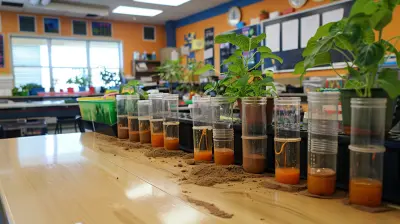




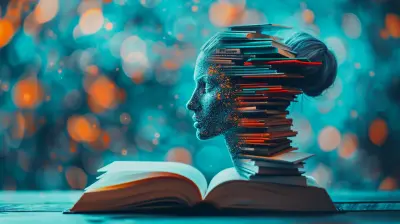

Lark McGrady
Great insights! Integrating Project-Based Learning with history empowers students to connect past lessons with today's challenges effectively. Keep inspiring!
November 17, 2025 at 12:48 PM